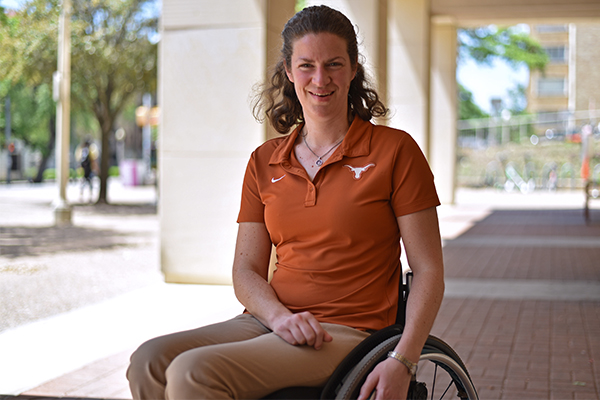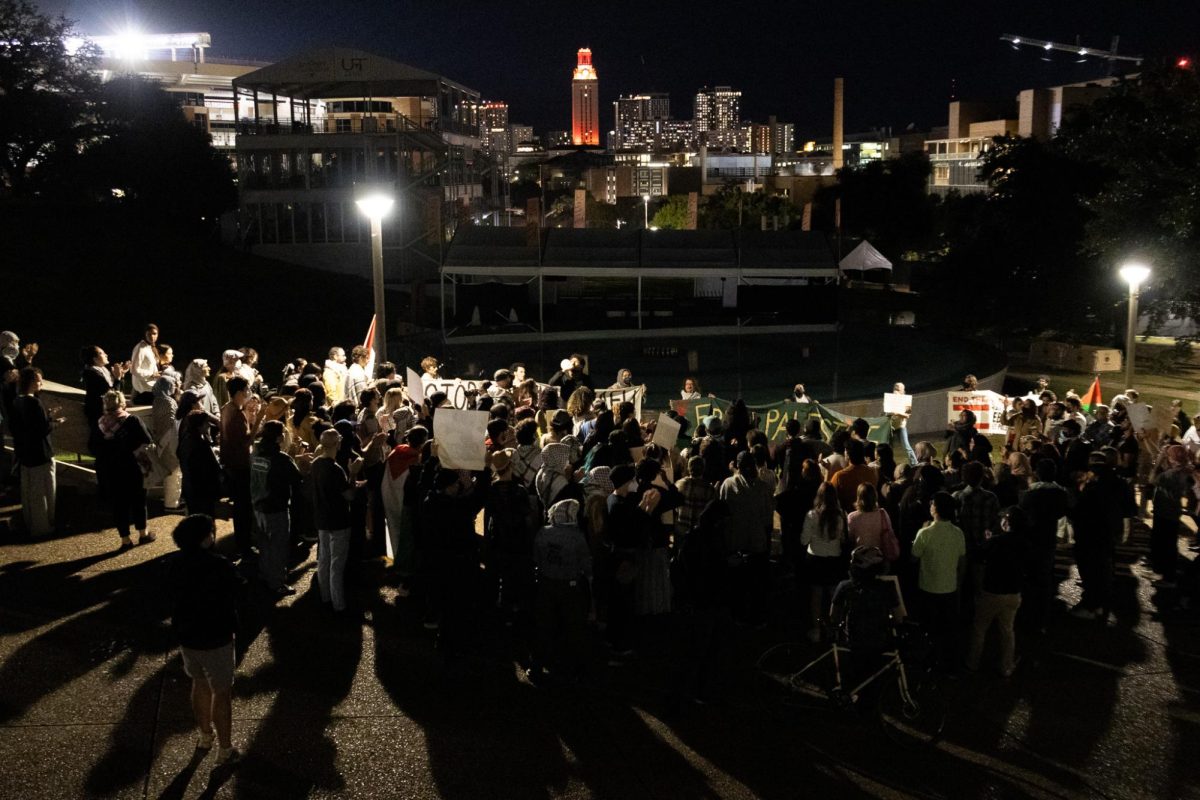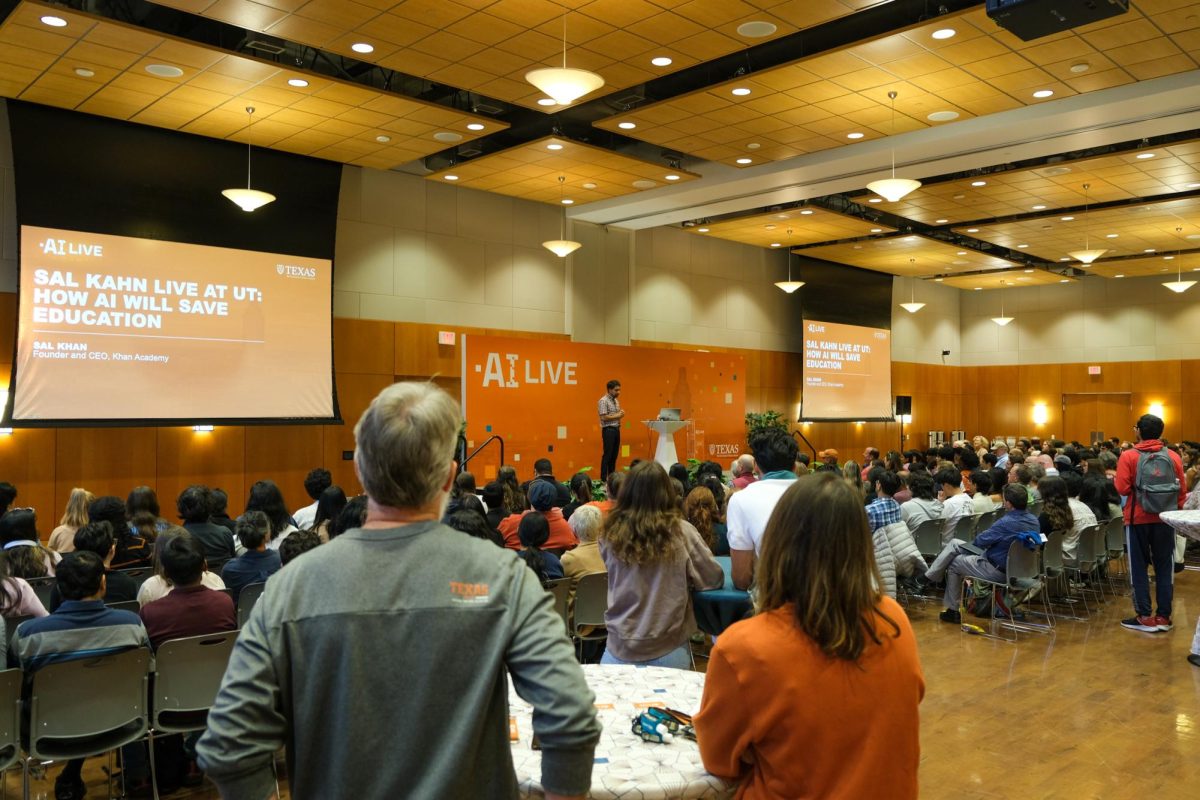With the push of a power-operated door button, UT’s buildings become accessible to everybody. But before students can use an accessible entrance, they have to find it. This is where UT’s new accessible door map can help students.
The accessible door map is available on the UT Maps webpage and shows students all the accessible entrances on campus, including ones that have power-assisted doors.
“That was a tool that came out of understanding that frustration of being in front of a building and not knowing how to get inside,” said Emily Shryock, assistant director of Services for Students with Disabilities. “We want people to know in advance, so that way it does not affect their plans and they can plan ahead of time.”
The map is the result of the Division of Diversity and Community Engagement’s Wayfinder Project, which focuses on improving accessibility signage on buildings across campus. Most buildings do have an accessible entrance, but Shryock said many of UT’s older buildings have staircases that are still inaccessible.
Shryock said her goal is to ensure all students have the same access and experience.
“As a person with a disability myself, I run into a lot of these challenges as well,” Shryock said. “Part of my job is working directly with students, so hearing their stories and experiences that they have is really motivating to make sure those don’t happen again.”
In 2018, the Moody Communication Council passed legislation to install a power-operated door to the Moody Bridge that hangs over Dean Keeton Street. Former Communication Council member Karis Paul said accessibility is important for all students at all locations on campus.
“We put in a lot of work to make sure the bridge was accessible for all students,” Paul said. “Otherwise, this great tool that so many students could use would not be handicap accessible.”
While Paul does not have a disability that impacts her mobility, she said she tries to be conscious of how her actions affect others, and thinks the accessibility door map is a great addition.
“If something doesn’t affect your day-to-day life, you’re not going to think about it,” Paul said. “It’s really important to realize not everyone on this campus have the same resources, and it’s hard for some people to navigate campus.”
Finance senior Amie Jean was diagnosed with multiple sclerosis her sophomore year and uses her wheelchair to navigate campus. Jean said accessibility on campus should be as important as any other student concern.
“The subject is definitely important to the University because like any concerned student, (accessibility is) relevant to our experience,” Jean said. “It’s all about awareness and perspective.”
Jean said other students can do better by being more aware of their actions, such as refraining from parking scooters in front of accessible entrances and being mindful of how they interact with students who have mobility impairments.
“Learning to be empathetic requires an extra step sometimes,” Jean said. “I find that the students and professors willing to do that are the ones that have the best understanding of how I feel I should be treated.”


















